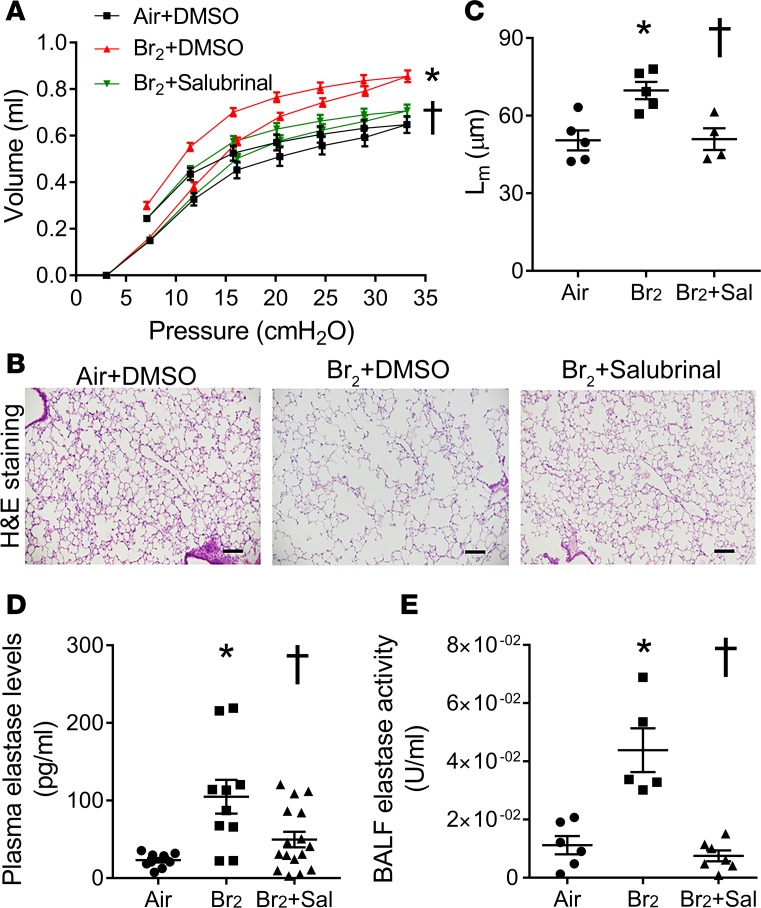Figure 6. Attenuation of ER stress reduces lung emphysematous changes.
Male C57BL/6 mice were exposed to air or Br2 gas (400 ppm, 30 minutes) and then returned to room air. Some Br2-exposed mice were given an intraperitoneal injection of the ER stress inhibitor salubrinal (1 mg/kg BW), starting at 1 hour after Br2 exposure, and then daily for 13 consecutive days. Air-exposed and some Br2-exposed mice received DMSO (vehicle) as a control. Fourteen days after Br2 exposure, the lung volumes were increased in mice as indicated by the shifting up and left of the pressure-volume (PV) curves. (n = 5–6) (A). Staining of peripheral lung tissue with hematoxylin and eosin (H&E) showed airspace enlargement (n = 5) (B), which was quantified by measuring alveolar mean linear intercept (Lm) (n = 5). Scale bars 100 µm. (C). Treatment with salubrinal attenuated these Br2-induced emphysematous changes in mouse lung. Salubrinal also reduced plasma elastase levels (n = 10–16) (D) and BALF elastase activity (n = 5–7) (E) in Br2-exposed mice. Values are means ± SEM. All animals were males. *P < 0.05 versus air + DMSO–treated mice and †P < 0.05 versus Br2 + DMSO–treated mice by 1-way ANOVA followed by Tukey’s post hoc test. PV curves were analyzed by 2-way ANOVA with Bonferroni’s post hoc test.

